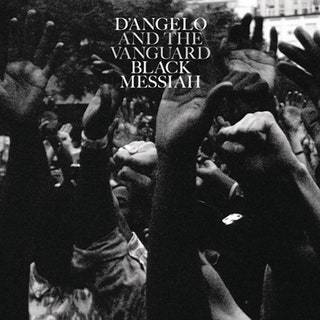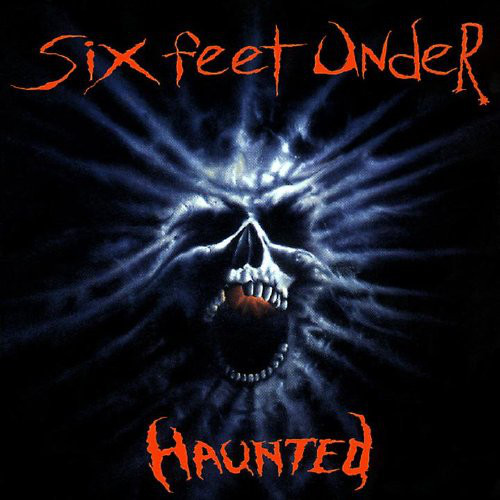
It is no coincidence that another of my favorite records, and one of THE best Death Metal albums in history, features Chris Barnes! Tomb of the Mutilated was released through Metal Blade Records in 1992. This is their third studio album, and where Cannibal Corpse really hit their stride. Of course, Chris Barnes handles vocals (and all lyrical content and arrangements), Bob Rusey is on guitar (solos in songs 2, 3, 4 and 7), Jack Owen is also on guitar (solos in 3 and 7), Alex Webster is the mastermind on bass, and Paul Mazurkiewicz is the mad drummer.
The record was first banned in Germany because of the album cover and the “extremely disturbed" lyrics. The album cover soon had to be replaced by a tamer version (until some years later). And the band, itself, was banned by multiple countries altogether for several years. As an aside, this is interesting to me because, unless you have a trained ear, you can’t understand a word of Barnes’ gutterals!
I’d like to list the song titles for you, but cannot; for those are also too controversial. I can tell you that one song, “Hammer Smashed Face" was featured in the movie Ace Ventura Pet Detective, where Cannibal Corpse made a cameo appearance (the band was Jim Carey’s favorite), and is featured as downloadable content for the Rock Band video game series. The song is known as a Death Metal Classic. “I Cum Blood" is also featured in the video game Grand Theft Auto IV: The Lost and Damned. Those two songs, as well as “The Cryptic Stench" and “Split Wide Open,“ are fan favorites and played at most shows. The remaining songs I cannot list, here.
Tomb of the Mutilated has been described as a “high-concept album concerned with extreme necrophilia and sadism” by reviewers Jack Murray and Connur Joyce; especially concerning the last four songs, where the protagonist’s “mental state increasingly deteriorates.” Chris Barnes claims the lyrics are based on a true story, and one of the earlier songs on the record he says is based on his own experience (?!)!
Overall, reviewers rave about this album (as does your Master Butcher). As a rule, all say that it would be hard to pick out a favorite song (though I will) because they’re all awesome! The music is extremely complex and elaborated, especially when compared to their two previous records – unforgettable riffs, crushing bass progression, incredible drumming, and (of course) the unmistakable vocal gutterals.
In 2005, Tomb of the Mutilated was ranked number 278 in Rock Hard Magazine’s book of The 500 Greatest Rock & Metal Albums of All Time.
Favorite song: Hammer Smashed Face
Rating: 10/10!! You must have this record in your playlist! It is TRUE Death Metal (IMO)!
What are some of your favorite songs off of Tomb of the Mutilated?
Stay Metal,
THE SAW








